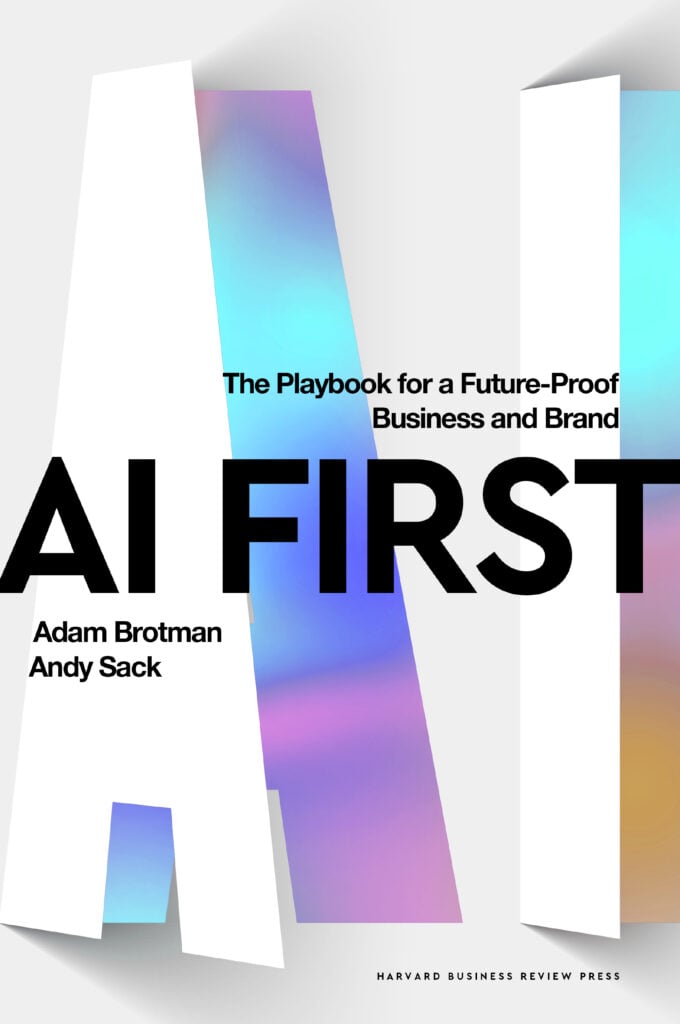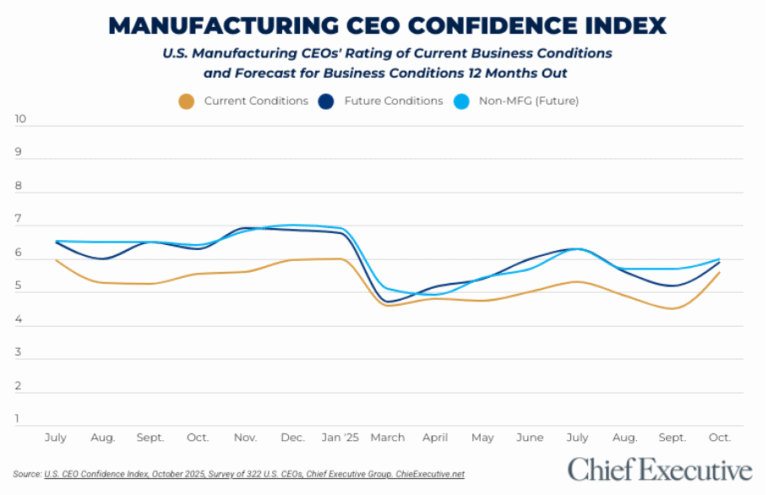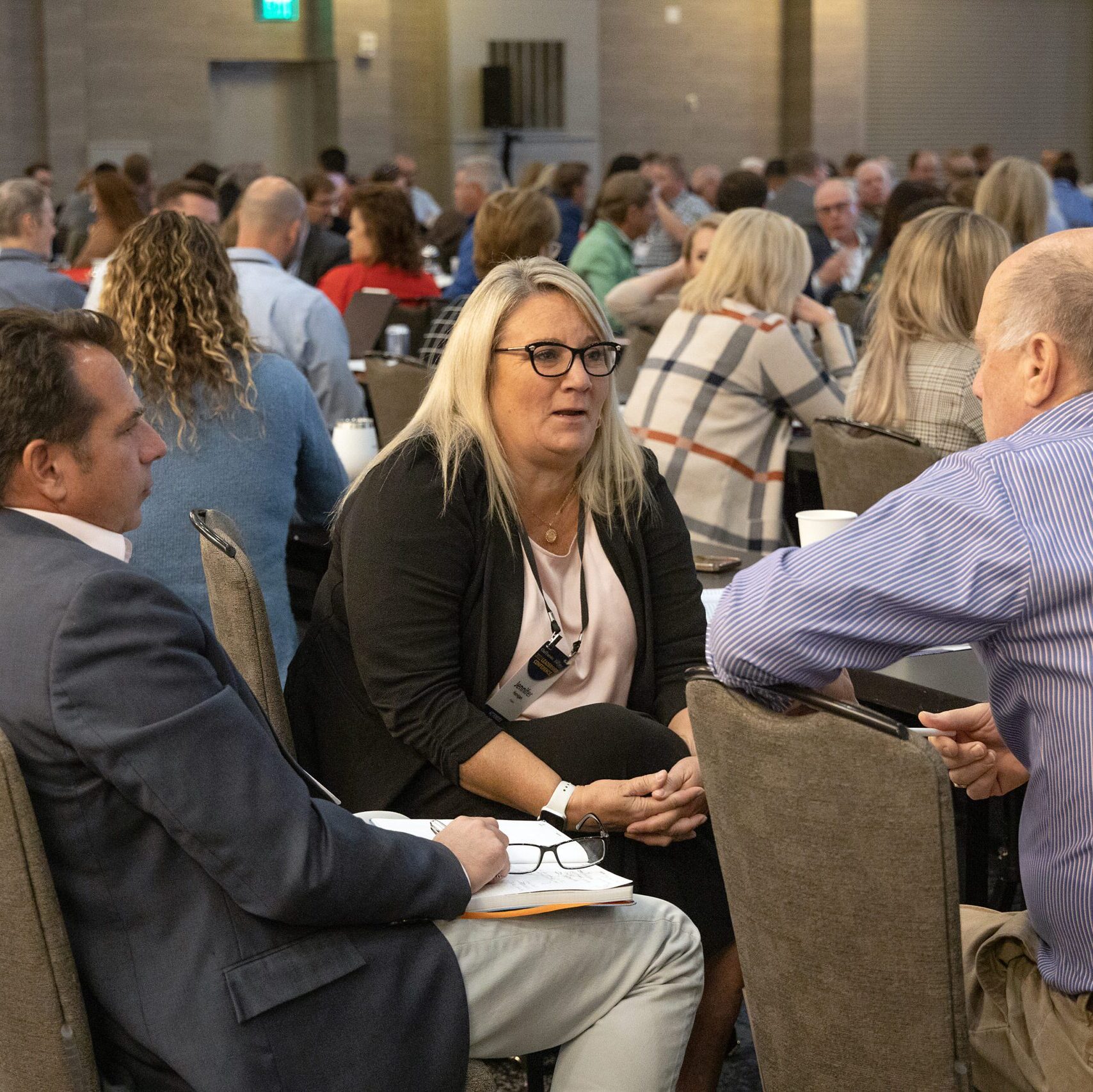


Imagine it’s 1997 and your company is deciding whether it needs an internet strategy. That’s sort of where we are with gen AI today. Except with one big difference. In the early days of the web, a non-technical business leader would not be able to just speak a website into existence; nor would your internet strategy be anywhere near the minds of your CHRO as a potential workflow transformation process.
The arrival and speed of development of today’s AI systems such as ChatGPT, Gemini, and the like require a different approach than prior tech waves when it comes to adoption, leverage and scale.
In our client work and research, we kept seeing the same pattern: Organized thinking about applying gen AI is scattered across departments, often treated like an IT project or just doesn’t exist. Without a senior leader owning that transformation, the organization will have a tough time keeping up, doing the right kinds of experimentation, and the work never has the right footing to take hold and propel the organization to another level.
This is a leadership moment and opportunity for the CEO of a company. Just the act of naming a single person to lead a proper, organized process for transforming a company into an AI first organization shows a mindset and sets the tone for the rest of the organization.
This isn’t a one-size-fits-all recommendation. Not every company needs a literal “CAIO” today. But if you are serious about becoming “AI First,” someone must be empowered to drive the vision, prioritize opportunities, and lead an AI council to ensure ethical, scalable implementation. That’s what a dedicated “AI leader” can do.
The question of whether companies and organizations should be creating a new position for a chief AI officer is complicated by the fact that this is so new and is moving so fast that you don’t want to get delayed and distracted by what would likely be a multi-month process to scope out and bring in an AI leader. We have seen this movie play out too many times; where a company needs a functional overhaul but wants to wait until just the right leader is in place, and thereby loses months of time and opportunity costs. In the case of a chief AI officer, if you have done the requisite education and training of the members of an AI council, and that council has a chairperson, then you have at least an acting chief AI officer in that chairperson, for starters.
So, for the chair of the AI council (or AI champions team) or the like, what does your first 100 days on the job look like? For starters, if you are like Brice Challamel (Moderna’s VP of AI products and platform), you run your own transformational playbook around listening tours, understanding deeply the goals, challenges and structural issues around every single department of the company; and from there develop a robust program for rolling out AI education and engagement to the whole company, leading to a champions team and the cataloging of use cases. But for most new AI officers (whether chief AI officer or chair of the AI council), the first 100 days is likely going to be a bit more tactical and should have the following goals:

Reprinted by permission of Harvard Business Review Press. Adapted from AI FIRST:The Playbook for a Future-Proof Business and Brand by Adam Brotman and Andy Sack. Copyright 2025 Harvard Business School Publishing Corporation. All rights reserved.



0

1:00 - 5:00 pm
Over 70% of Executives Surveyed Agree: Many Strategic Planning Efforts Lack Systematic Approach Tips for Enhancing Your Strategic Planning Process
Executives expressed frustration with their current strategic planning process. Issues include:
Steve Rutan and Denise Harrison have put together an afternoon workshop that will provide the tools you need to address these concerns. They have worked with hundreds of executives to develop a systematic approach that will enable your team to make better decisions during strategic planning. Steve and Denise will walk you through exercises for prioritizing your lists and steps that will reset and reinvigorate your process. This will be a hands-on workshop that will enable you to think about your business as you use the tools that are being presented. If you are ready for a Strategic Planning tune-up, select this workshop in your registration form. The additional fee of $695 will be added to your total.

2:00 - 5:00 pm
Female leaders face the same issues all leaders do, but they often face additional challenges too. In this peer session, we will facilitate a discussion of best practices and how to overcome common barriers to help women leaders be more effective within and outside their organizations.
Limited space available.

10:30 - 5:00 pm
General’s Retreat at Hermitage Golf Course
Sponsored by UBS
General’s Retreat, built in 1986 with architect Gary Roger Baird, has been voted the “Best Golf Course in Nashville” and is a “must play” when visiting the Nashville, Tennessee area. With the beautiful setting along the Cumberland River, golfers of all capabilities will thoroughly enjoy the golf, scenery and hospitality.
The golf outing fee includes transportation to and from the hotel, greens/cart fees, use of practice facilities, and boxed lunch. The bus will leave the hotel at 10:30 am for a noon shotgun start and return to the hotel after the cocktail reception following the completion of the round.